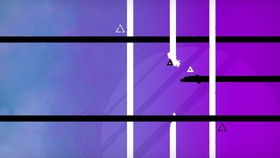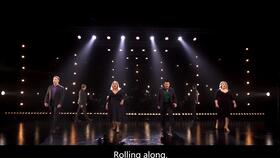Introduction:
Fishing, an age-old pastime, has evolved with modern technology, offering anglers a plethora of tools and techniques to enhance their experience. One such tool that has gained immense popularity is the fish locator, which helps in pinpointing the exact location of fish beneath the water's surface. This article delves into the intricacies of fishing and provides a step-by-step guide on how to effectively use fish locating techniques, complemented by informative video tutorials.
Understanding Fish Locators:
Before we dive into the fishing techniques, it's essential to understand the basics of fish locators. These devices use sonar technology to detect the presence of fish, weeds, rocks, and other underwater structures. By analyzing the sonar signals, anglers can determine the depth, size, and movement of fish, thereby increasing their chances of a successful catch.
Choosing the Right Fish Locator:
The first step in mastering fish locating techniques is selecting the right equipment. Here are some factors to consider when choosing a fish locator:
- Frequency: Higher frequencies provide clearer images but have a shorter range, while lower frequencies offer a wider range but less detail.
- Transducer Type: There are two types of transducers: single beam and dual beam. Single beam is better for deep water, while dual beam is suitable for both deep and shallow water.
- Display: Choose a display with a good resolution and color contrast for better visibility.
Setting Up the Fish Locator:
Once you have your fish locator, it's time to set it up properly:
- Mounting: Secure the fish locator to your boat or kayak using a sturdy mount.
- Transducer Placement: Position the transducer in the water with the beam directed downwards. Ensure it is not obstructed by any objects.
- Calibration: Follow the manufacturer's instructions to calibrate the fish locator for accurate readings.
Reading the Fish Locator Screen:
Understanding the fish locator screen is crucial for effective fishing:
- Sonar Signal: The sonar signal appears as a series of lines or waves on the screen. The depth of the water is indicated by the distance from the bottom of the screen.
- Fish Symbols: Different fish locators use different symbols to represent fish. Familiarize yourself with these symbols to identify the type and size of fish.
- Structure: Weeds, rocks, and other underwater structures are indicated by various symbols and patterns.
Techniques for Locating Fish:
Now that you understand the basics, let's explore some techniques for locating fish:
- Trolling: Trolling involves dragging your lure or bait behind the boat at a steady speed. Use the fish locator to identify fish schools and follow them.
- Still Fishing: If you prefer to fish from a stationary position, use the fish locator to find fish near structure or vegetation.
- Bottom Bouncing: For bottom fishing, lower your lure to the bottom and use the fish locator to detect fish holding near the bottom.
Video Tutorials:

To help you master these techniques, we have compiled a series of video tutorials that provide step-by-step instructions and demonstrations. These tutorials cover everything from choosing the right fish locator to reading the screen and applying various fishing techniques.
Conclusion:
Mastering the art of fishing with fish locating techniques can significantly enhance your angling experience. By understanding the basics, choosing the right equipment, and applying effective techniques, you can increase your chances of catching more fish. Remember to always refer to video tutorials for visual guidance and practical tips. Happy fishing!












